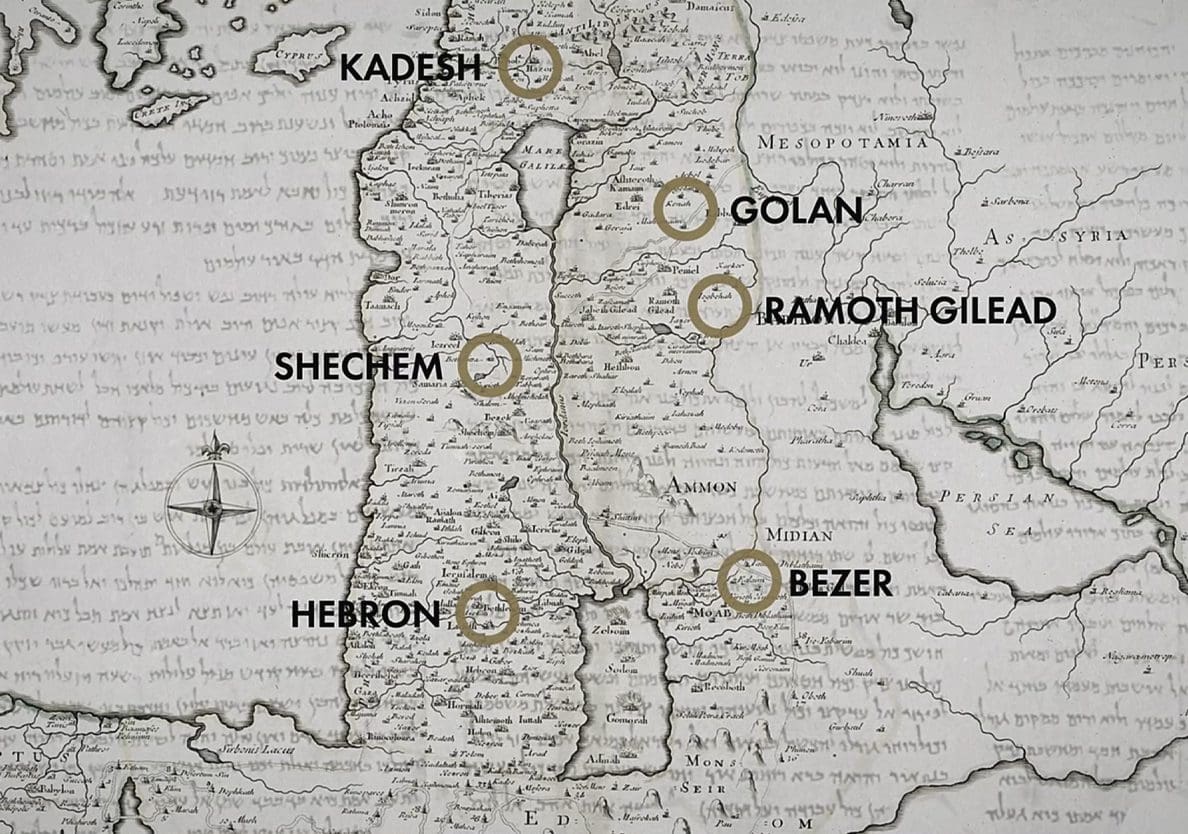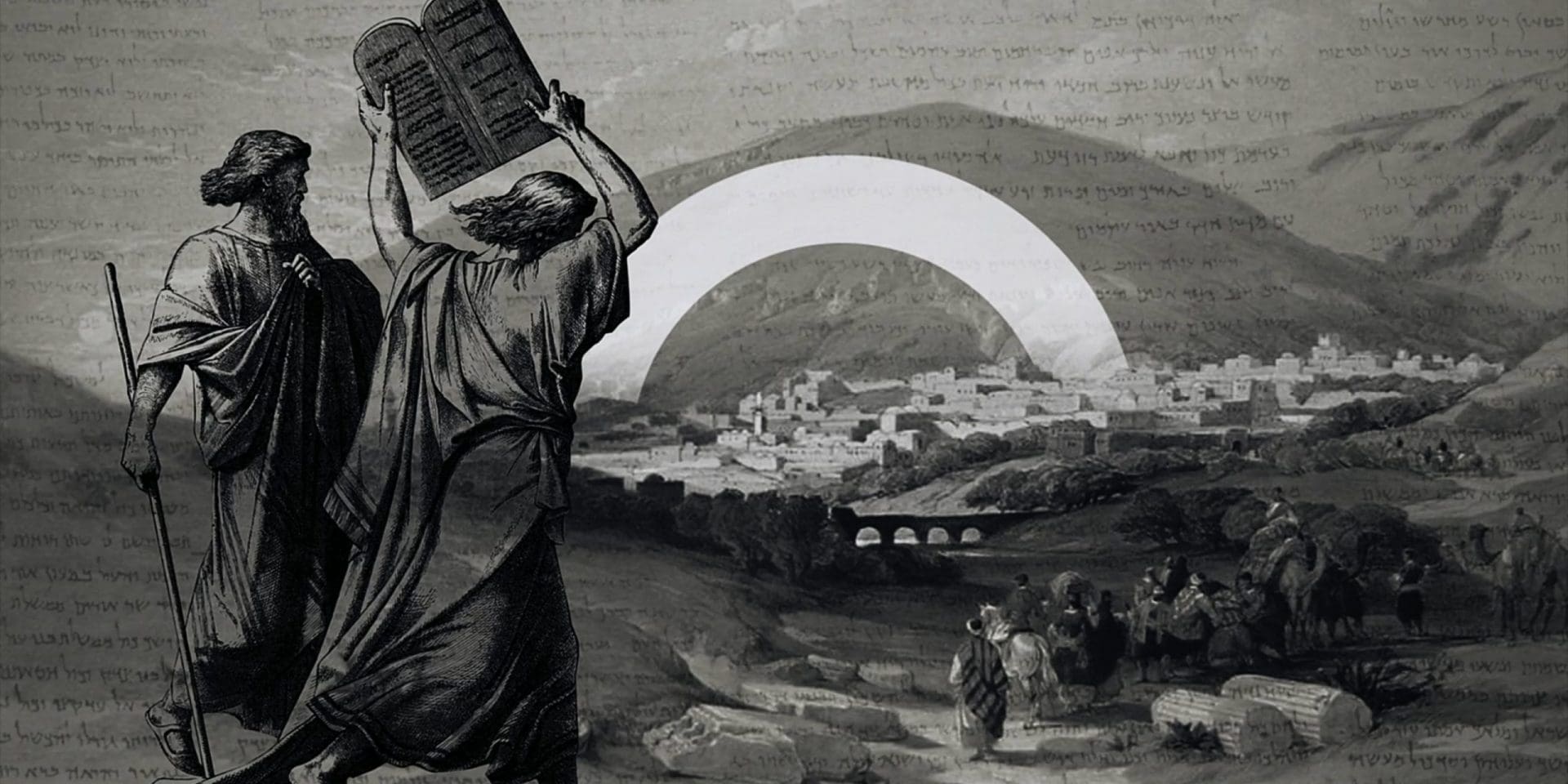The Bible records the ancient Israelite institution of Cities of Refuge (Numbers 35, Deuteronomy 4, 19, Joshua 20). Incorporated into the law of Moses, these cities were to be an essential element of the Israelite justice system: They offered temporary sanctuary to people accused of murder, and permanent asylum for those found guilty of manslaughter, the accidental killing of another human.
In ancient Israel the Law called for anyone found guilty of murder to be executed (Exodus 21:12) with no other ransom deemed acceptable. Capital punishment enforced the sanctity of human life (Genesis 4:10; 9:5-6; Exodus 20:13) and protected the land against ritual impurity. The belief was that human blood tainted the very land in which it was spilled, if Israel was to be a holy nation with God as their leader atonement had to be made for every intentional murder, every intentional assault against the leadership of God who had outlawed murder (Numbers 35:33-34).
“The disgraced army commander Joab was also initially granted sanctuary by grabbing onto the horns of the altar – he, too, was later killed for his crimes.”
1 Kings 2
There were still regulations on this capital punishment. First, someone accused of murder could gain initial sanctuary and safety by either grabbing onto the horns of an altar dedicated to God (Exodus 21:14) or by running to a City of Refuge (Numbers 35:11). The accused must then stand trial in front an assembly of Israelites; to receive a guilty verdict they must either admit to the crime or have two or more witnesses testify to their guilt (Numbers 35:30). If found guilty they would be executed by “the avenger of blood” believed to be a close relative of the murdered person. If proven that the death was accidental, the killer’s safety was to be protected by the assembly who would escort them to the nearest City of Refuge. If they chose to leave the city limits, the avenger of blood could kill them without consequence. If the high priest died during their lifetime, the guilt of the person charged with manslaughter would be considered paid for, and they would go free, protected from any vengeance.
The Scriptures identify six Cities of Refuge: three on the East side of the Jordan river in the territories of Gad, Asher, and the half tribe of Manasseh, and three on the West side of the Jordan river where the remaining and majority of Israelites lived. According to modern scholars, their placement meant that wherever you were in ancient Israel, you were no more than 30 miles, or a full day’s walk, away from a City of Refuge.[1] Nevertheless, there must have arisen circumstances that necessitated a faster solution for a killer or accused killer to find temporary safety, and there are a few examples in Scripture:


Adonijah, son of king David and rival to his half-brother King Solomon, ran to the horns of the altar when Solomon took the throne, and initially he was granted clemency (1 Kings 1:50-53), later to be killed. The disgraced army commander Joab in 1 Kings 2 was also initially granted sanctuary by grabbing onto the horns of the altar – he, too, was later killed for his crimes. These two instances demonstrate and clarify the quick reference to altar sanctuary found in Exodus 21:14, which probably supplied Israel before the Promised Land with a way to follow the murder laws before the establishment of the Cities of Refuge.

Corie Bobechko is a daily co-host, speaker, and writer of Bible Discovery. She also hosts a YouTube channel that shows how history and archaeology prove the Bible. Her heart for seekers and skeptics has led her to seek truth and share it with others. Corie also has a Bachelor of Theology from Canada Christian College.
[1] The Lexham Bible Dictionary






